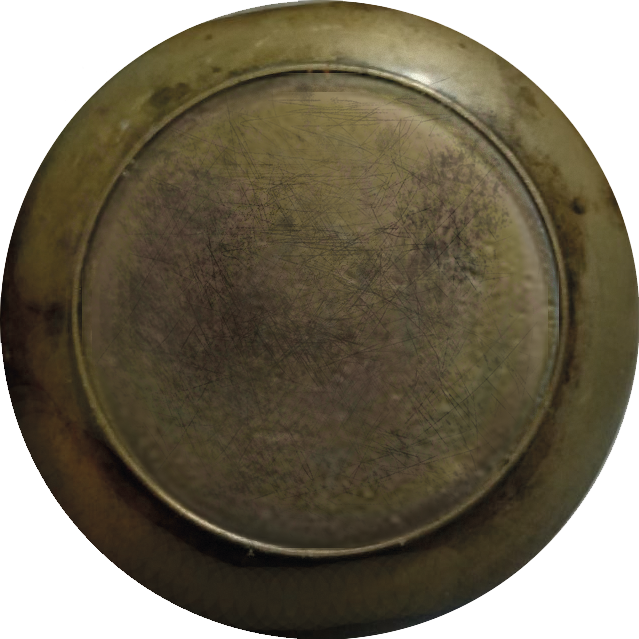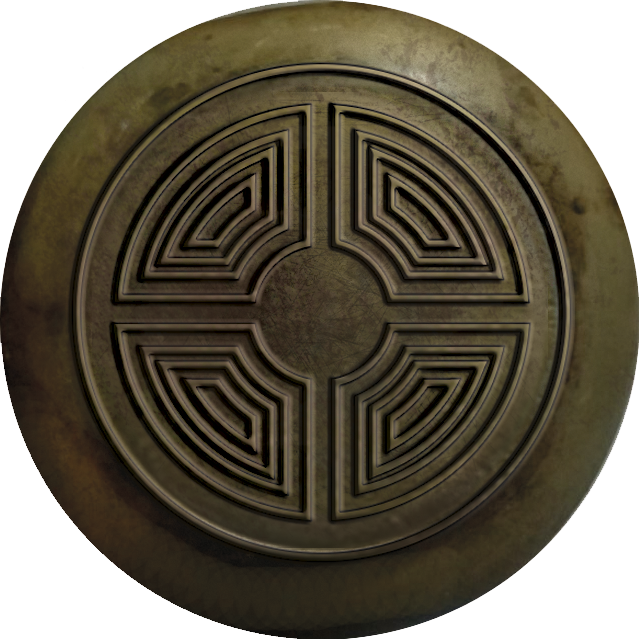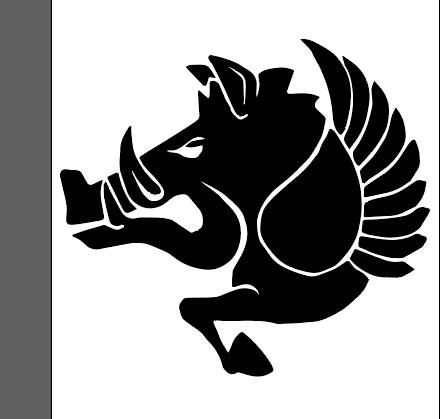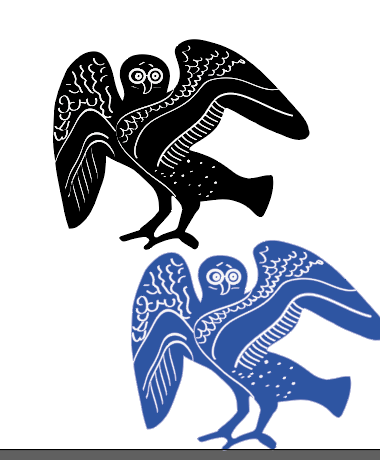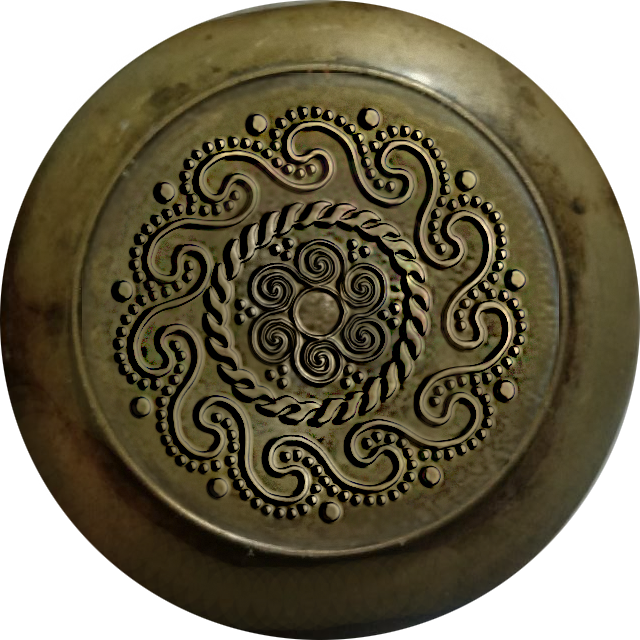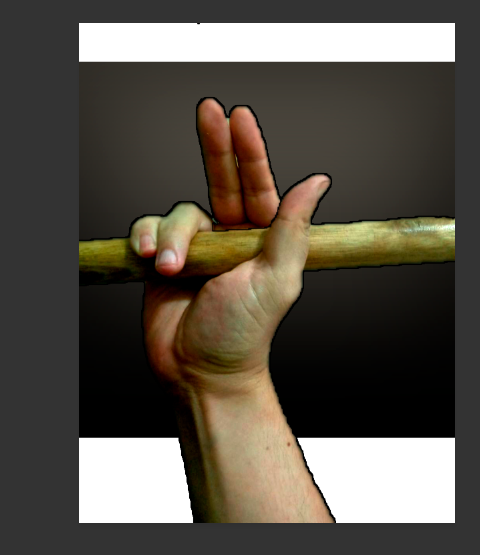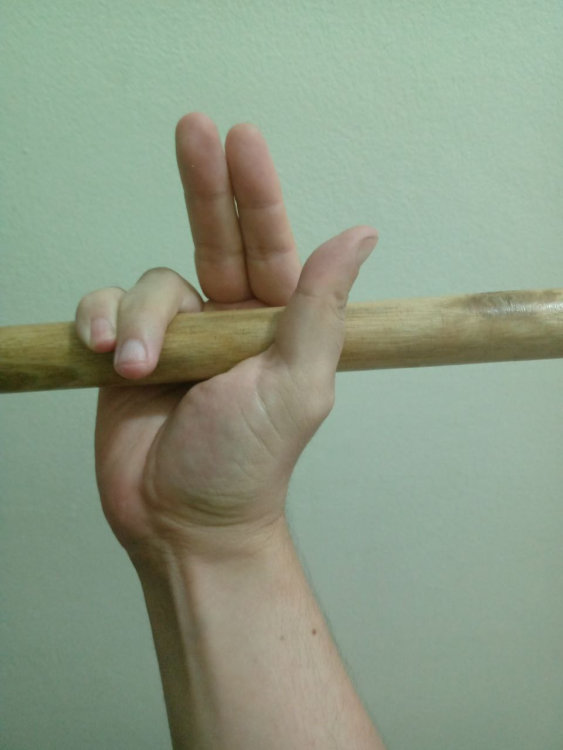-
Posts
25.684 -
Joined
-
Days Won
300
Everything posted by Lion.Kanzen
-
Introduction Song of Roland, the Knight’s Code of Chivalry included the following Vows. Fear God and His Church Serve the liege lord in valor and faith Protect the weak and defenseless Live by honor and for glory Respect the honor of women. Code of Chivalry The late medieval code of chivalry, however, arose from the idealization brought by the synthesis of Germanic and Roman martial traditions that often involved military bravery, training, and service to others. Yet according to common definitions, the Code of Chivalry was simply the rules and customs of medieval knights. Others defined it as the qualifications of a knight. These qualifications included virtues of courtesy, generosity, and valor. The Song of Roland. Scholars estimate that the poem was written between approximately 1040 and 1115 —possibly by a poet named Turold (Turoldus in the manuscript itself)— and that most of the alterations were completed by about 1098. Some favor the earlier dating, which allows that the narrative was inspired by the Castilian campaigns of the 1030s and that the poem was established long enough to be a major influence in the First Crusade, (1096–1099). Others favor a later dating based on their interpretations of brief references made to events of the First Crusade. Another set of vows was Leon Gautier’s La Chevalerie, which was a popular summary of the ancient code of chivalry. It was also called the Ten Commandments of Chivalry and it included the following commands. Believe in the Church’s teachings and observe all the Church’s directions Defend the Church Respect and defend the weak Love your country Do not fear your enemy Show no mercy and do not hesitate to make war with the infidel Perform all your feudal duties as long as they do not conflict with the laws of God Never lie or go back on one’s word Be generous Always and everywhere be right and good against evil and injustice
-
saeculum obscurum The concept of a "Dark Age" originated in the 1330s with the Italian scholar Petrarch, who regarded the post-Roman centuries as "dark" compared to the "light" of classical antiquity.[1][2] The term employs traditional light-versus-darkness imagery to contrast the era's "darkness" (ignorance and error) with earlier and later periods of "light" (knowledge and understanding).[1] The phrase "Dark Age" itself derives from the Latin saeculum obscurum, originally applied by Caesar Baronius in 1602 when he referred to a tumultuous period in the 10th and 11th centuries.[3][4] The concept thus came to characterize the entire Middle Ages as a time of intellectual darkness in Europe between the fall of Rome and the Renaissance that became especially popular during the 18th-century Age of Enlightenment.[1] Others, however, have used the term to denote the relative ignorance of historians regarding at least the early part of the Middle Ages, from a scarcity of records. As the accomplishments of the era came to be better understood in the 19th and the 20th centuries, scholars began restricting the "Dark Ages" appellation to the Early Middle Ages (c. 5th–10th century). The idea of a Dark Age originated with the Tuscan scholar Petrarch in the 1330s.[14][17] Writing of the past, he said: "Amidst the errors there shone forth men of genius; no less keen were their eyes, although they were surrounded by darkness and dense gloom".[18] Christian writers, including Petrarch himself,[17] had long used traditional metaphors of 'light versus darkness' to describe 'good versus evil'. Petrarch was the first to give the metaphor secular meaning by reversing its application. He now saw classical antiquity, so long considered a 'dark' age for its lack of Christianity, in the 'light' of its cultural achievements, while Petrarch's own time, allegedly lacking such cultural achievements, was seen as the age of darkness. https://en.m.wikipedia.org/wiki/Dark_Ages_(historiography)
-
.thumb.png.ce58cea22940c255f5b0a735d5abee36.png)
Re-launch of for Honour and Glory and presentation
Lion.Kanzen replied to NoMolester's topic in 1,000 A.D.
Millennium A D : Saeculum Obscurum (Dark Ages) (476-1096) The concept of a "Dark Age" originated in the 1330s with the Italian scholar Petrarch, who regarded the post-Roman centuries as "dark" compared to the "light" of classical antiquity.[1][2] The term employs traditional light-versus-darkness imagery to contrast the era's "darkness" (ignorance and error) with earlier and later periods of "light" (knowledge and understanding).[1] The phrase "Dark Age" itself derives from the Latin saeculum obscurum, originally applied by Caesar Baronius in 1602 when he referred to a tumultuous period in the 10th and 11th centuries.[3][4] The concept thus came to characterize the entire Middle Ages as a time of intellectual darkness in Europe between the fall of Rome and the Renaissance that became especially popular during the 18th-century Age of Enlightenment.[1] Others, however, have used the term to denote the relative ignorance of historians regarding at least the early part of the Middle Ages, from a scarcity of records. Funny lecture bonus.(the Pornocracy) https://en.m.wikipedia.org/wiki/Saeculum_obscurum -
.thumb.png.ce58cea22940c255f5b0a735d5abee36.png)
[Task] Iberian, Lusitan, Celto-Iberian symbology
Lion.Kanzen replied to Lion.Kanzen's topic in Official tasks
did you combine them? -
why don't we divide Millennium into 2 mods or historical periods? Millennium A.D (476-1096 AD). Medieval AD (1096-1492 AD)
-
Any updates for 2022-2023 may be 2024?
-
I don't decide the she-wolf in which pose. and whether or not to include the twins.
-
bonus extra hellenistic art etruscan
-
.thumb.png.ce58cea22940c255f5b0a735d5abee36.png)
[Task] Iberian, Lusitan, Celto-Iberian symbology
Lion.Kanzen replied to Lion.Kanzen's topic in Official tasks
-
.thumb.png.ce58cea22940c255f5b0a735d5abee36.png)
[Task] Iberian, Lusitan, Celto-Iberian symbology
Lion.Kanzen replied to Lion.Kanzen's topic in Official tasks
-
.thumb.png.ce58cea22940c255f5b0a735d5abee36.png)
[Task] Iberian, Lusitan, Celto-Iberian symbology
Lion.Kanzen replied to Lion.Kanzen's topic in Official tasks
suggestions and more ideas are welcome taking into account that there may be more factions from the iberian peninsula (spain and portugal in the future). -
.thumb.png.ce58cea22940c255f5b0a735d5abee36.png)
===[TASK]=== Civ-Specific Minimap Backgrounds
Lion.Kanzen replied to wowgetoffyourcellphone's topic in Official tasks
Let's choose one, it will take time. -
.thumb.png.ce58cea22940c255f5b0a735d5abee36.png)
===[TASK]=== Civ-Specific Minimap Backgrounds
Lion.Kanzen replied to wowgetoffyourcellphone's topic in Official tasks
which factions are missing? -
.thumb.png.ce58cea22940c255f5b0a735d5abee36.png)
[Task] Iberian, Lusitan, Celto-Iberian symbology
Lion.Kanzen replied to Lion.Kanzen's topic in Official tasks
-
-
.thumb.png.ce58cea22940c255f5b0a735d5abee36.png)
[Task] Iberian, Lusitan, Celto-Iberian symbology
Lion.Kanzen replied to Lion.Kanzen's topic in Official tasks
-
I fix the tail by the way.
-
Archived. https://archive.md/j2N1
-
.thumb.png.ce58cea22940c255f5b0a735d5abee36.png)
What is your prefered playing Speed?
Lion.Kanzen replied to Frederick_1's topic in General Discussion
0.5x-1x -
.thumb.png.ce58cea22940c255f5b0a735d5abee36.png)
Will 0AD be released on steam?
Lion.Kanzen replied to leopard's topic in Introductions & Off-Topic Discussion
It would be unfair to ourselves.



